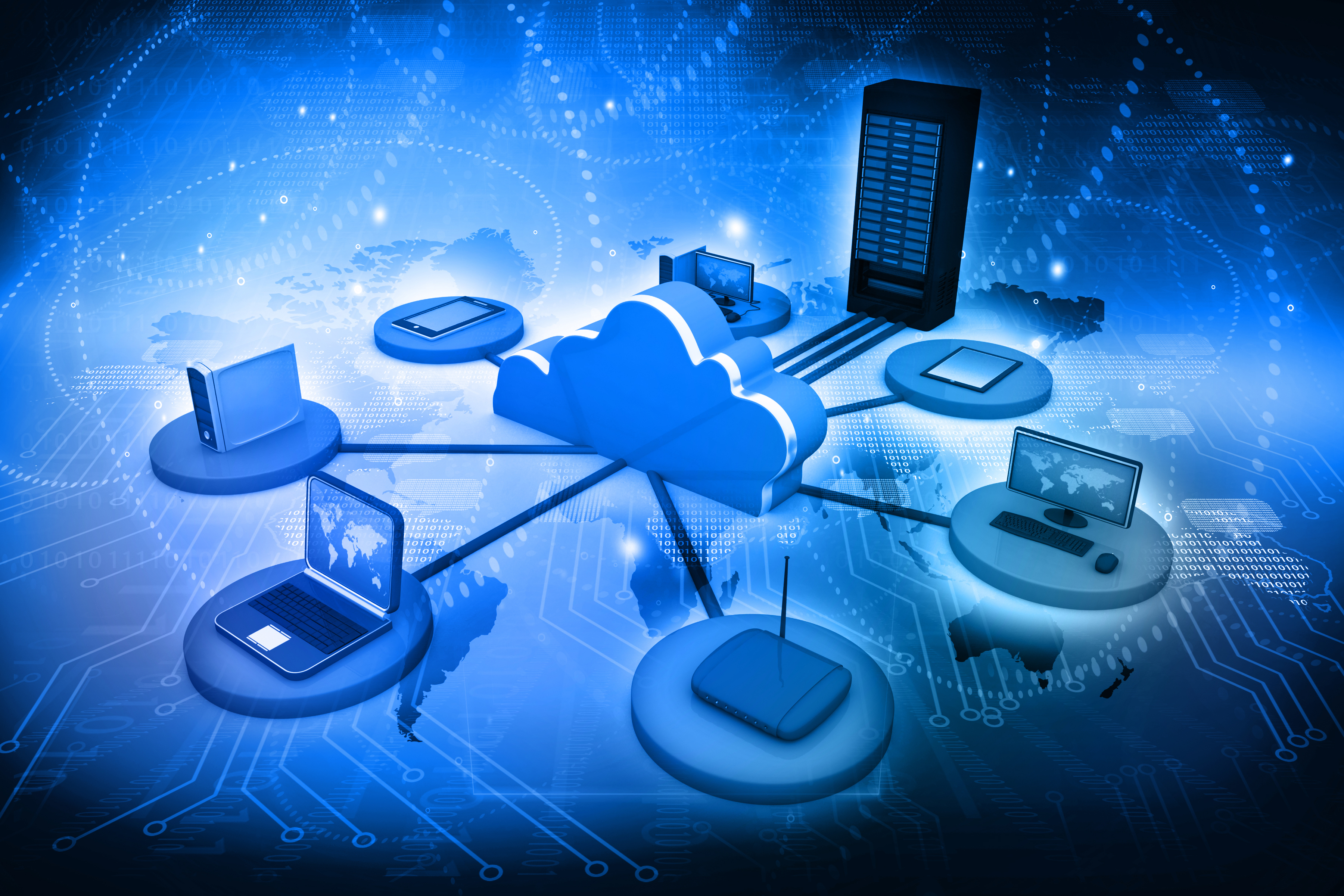M3 blog
How Digital Transformation can Increase Operational Efficiency

Digital transformation is the process of using digital technologies to create or modify existing business processes, improve customer experience, and meet changing business requirements. Using digital data and technology to simplify how organizations operate is also commonly referred to as ‘digitalization’ and it is here to stay. IDC has forecast that global spending on digital transformation will reach $6.8 trillion globally by 2023. Additionally, due to the impact of the COVID-19 Pandemic, 65% of the worlds GDP will be digitalized by 2022. (Pixabay)
How to build a digital transformation strategy roadmap
Having a solid strategy to undergo this type of change within any organization is crucial. Moving from paper to mobile, or desktop to cloud is a massive undertaking that requires goal setting, the right technology, and enough time for adoption to settle in. Going digital is a culture change for employees and it is not always met with ease. The likelihood of improving production performance from digitization depends on how transformation is led, planned, and executed as well as how involved employees are in the adoption of the digital transformation strategy. You might call this the ‘digital learning curve.’
It is important to start with a thorough business assessment that includes strategic goals, key performance indicators (KPI) and potential growth opportunities. Simultaneously, it is important to assess what others in your industry are doing.
What new tools are your competitors implementing and are you keeping up with industry trends or falling behind?
The 5 digital transformation trends listed below are predicted to impact strategies for digital transformation— keep them in mind as you strategize.
- Cloud
- Hybrid Work Model
- Artificial Intelligence and Machine Learning
- Transparency in Privacy Policies
- Blockchain Technology
Emerging digital technologies that streamline digitization
Once digital initiatives are defined it is time to invest in the right technology to implement your new digital landscape and fill the gaps in your organization. Depending on your goals, you might be looking at implementing collaborative applications such as Slack, Zoom, or Microsoft 365. You might also be looking at artificial intelligence, cloud or augmented reality technologies. It is important to anticipate and consider the future.
Is the technology solution you are choosing scalable?
Is there a support network that you will have access to?
How does the partnership integrate with your existing technology?
Does your IT organization have the bandwidth to take on additional support for this technology?
One of the first examples of digitization that an organization might consider investing in is switching from paper or desktop to tablet use. This practice is common in frontline worker/shop floor environments, where tablets are utilized to track progress, provide updates, and use applications to complete tasks. Maintenance and repair organizations, hospitals, manufacturing plants and airlines are using tablets more and more to streamline processes and increase operational efficiencies.
If your organization is undergoing this type of transition, consider investing in a unified platform to manage your devices. Organizations who use MDM benefit from keeping their business data protected and retaining control over confidential information. Sometimes, if content distribution, complex data structures or offline support is needed, a traditional MDM might not be the best fit.
Managing fleets of devices
The M3 Platform offers a 360-degree solution with both a software and hardware component that can automate applications, OS deployments and/or content completely remote and unattended so that your IT department does not need to intervene. The platform manages physical access to each device by mechanically locking them in place for maximum control and security – this is ideal for organizations who are managing a large number of devices.
With the M3 Platform, customers can streamline device readiness – ensuring end users always have a device that is up to date with the appropriate content at any time. If you are interested in learning more, talk to one of our Sales Representatives who can show you what the M3 Platform can do for your organization.





